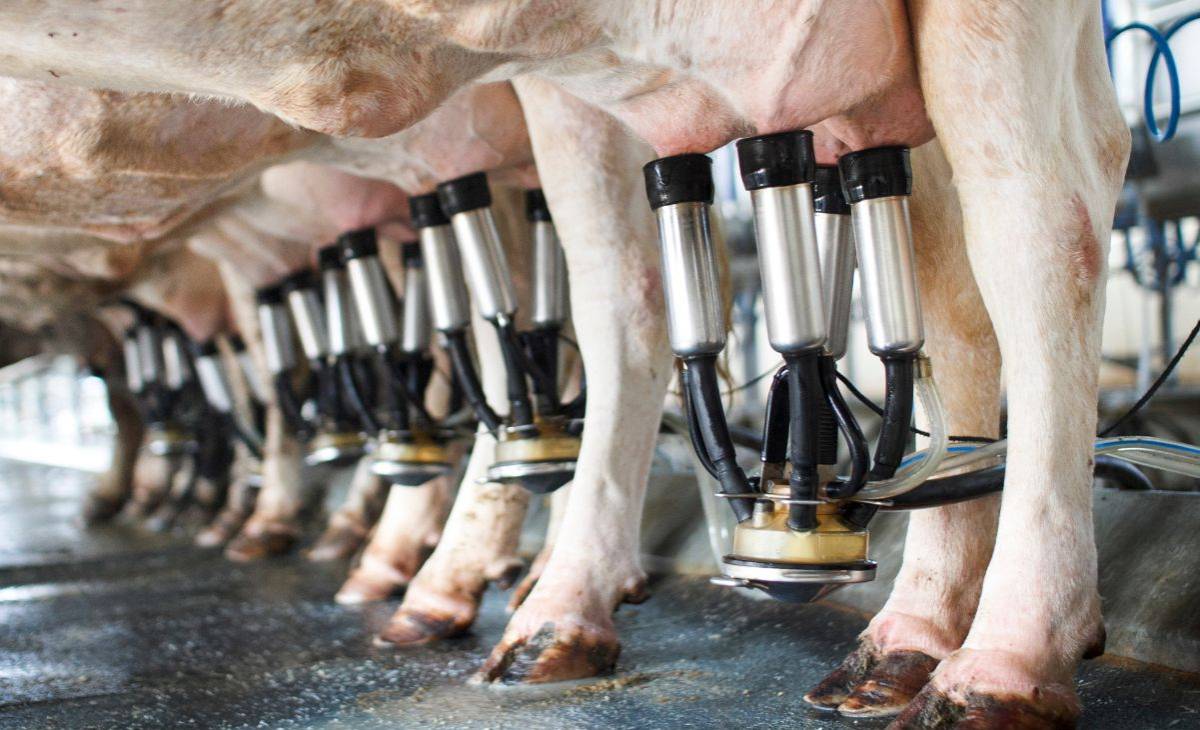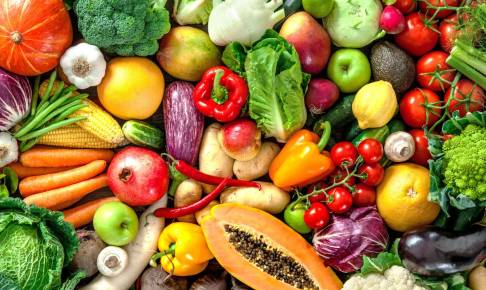Fipronil: EU Commission raises limits while contamination cases emerge in Italian livestock supply chains
In a recent development, the European Commission has issued Commission Regulation (EU) 2024/347, dated January 22, 2024, which entails amendments to Annexes II and V of Regulation (EC) No 396/2005 of the European Parliament and the Council. These amendments involve an increase in the residual limits of fipronil found in certain products, including meat. This decision is based on a recent EFSA’s risk assessment, which concluded that consumer intake concerns are not associated with fipronil residues in food commodities under consideration (i.e. sugar canes and fat of bovine, sheep and goat). The decision was made due to the importation of feed raw materials from third countries that extensively employ Fipronil in their agricultural practices.
Fipronil is a pesticide that has been linked to various health concerns and that also poses a significant threat to the environment, especially to bees and aquatic fauna.
Approximately seven years after the fipronil scandal shook the poultry supply chain, a new case -linked to animal feed- has emerged.
Since late 2023, cases of fipronil contamination have been detected in the adipose tissue of cattle exposed to contaminated feed in Italy. Further investigations are underway to determine its presence in other food matrices. The discovery was made during a random check as part of a targeted plan, focusing on the adipose tissue of a dairy cow at a slaughterhouse. Subsequent trace-back efforts revealed residues in the cow's milk. The contamination is believed to have originated from the use of feed raw materials, specifically certain batches of distillers, imported from third countries that employ fipronil extensively in their agricultural practices.
This development is significant as it has the potential for wider diffusion and economic implications, as the chronic exposure to low doses of fipronil, potentially caused by feed contamination, can have adverse effects on growth rates, feed conversion, and milk production.
Animal feed often includes fermentation residues from vegetables, such as distillers and occasionally molasses. These residues can come from non-food production cycles, like bio-ethanol production for energy purposes, which means they aren't subject to the same rules on pesticide use as products for human and animal consumption. Therefore, the origin of products used in animal feed need to be ascertained and certified to prevent contamination.
Additionally, if fipronil comes from distillers as residues of the fermentation process of alcoholic beverages, it's important to consider the impact on these products as well. Alcoholic beverages containing ethanol, which acts as a solvent, can potentially contain fipronil due to its lipophilic characteristics. Considering this, the case could have broader implications, beyond regional borders and livestock supply chains.
To prevent fipronil-related issues, adequate information is necessary to enhance self-controls in the feed sector, particularly regarding the origin of distillers used in various production processes. This is especially crucial for imports from third countries and triangulation with other EU countries.
Effectively addressing the fipronil issue necessitates adopting a "One Health" approach. France's experience in managing the problem by imposing strict limitations on its use as a biocide and veterinary drug for pets could serve as an example to prevent non-essential and indiscriminate usage of fipronil. From a perspective of safety and sustainability, alternatives with lower risks to the environment, animals, and humans should replace its use.
Sources:






















